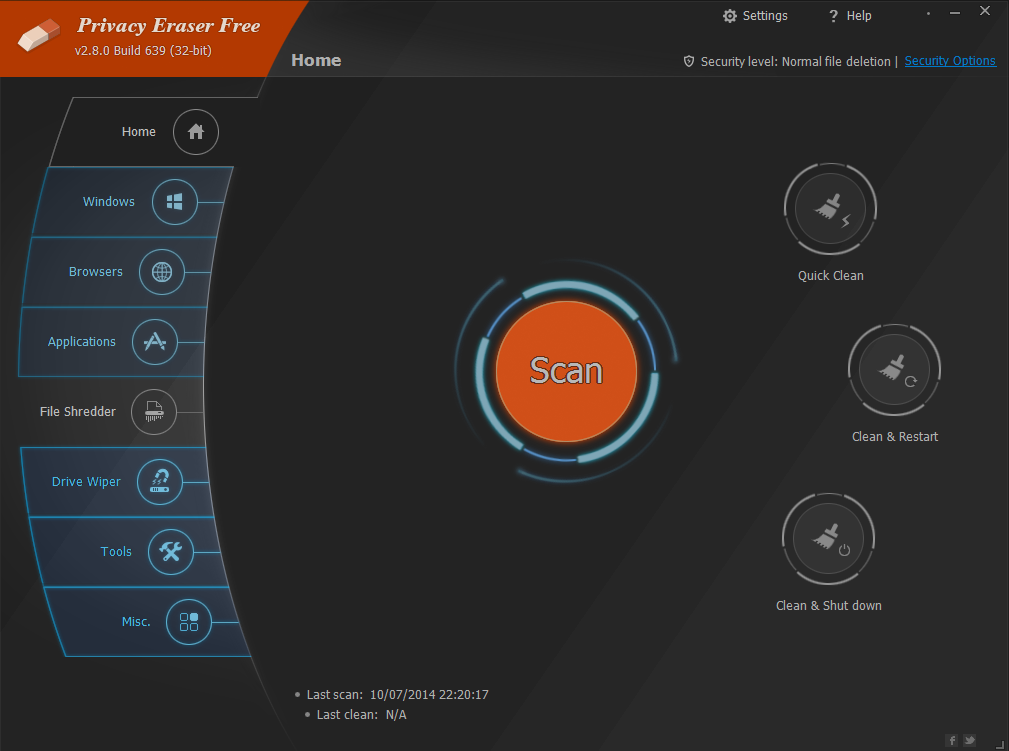

Choose the highest and most restrictive security settings available. It’s also important to remember that when you set your settings to “public,” you enable everyone to see the personal information you post. Any time something does not appear to be required for the product or service to function, say “no” or ask the organization about it. Similarly, you can say “no” if you are asked to allow actions like accessing your microphone or tracking your location if those actions are not integral to the product or service. If you do decide to use a product or service, you should know that you have a right to say “no” to providing personal information that isn’t integral to the product or service. While there are some technologies and services many of us feel we can’t live without there are others where, once you have assessed and considered them, you may decide that for you the risks outweigh the benefits. New technologies can offer many benefits to our daily lives, including convenience, greater communication, and can help us learn and have fun.

That said, it is important to be cautious and to keep privacy top of mind, even when using strict privacy settings. Privacy settings are a way of having some control over how organizations handle your personal information online. Why you should choose strict privacy settings That’s why it’s important to choose and set privacy settings that you are comfortable with on all social media accounts, online services, devices and browsers.īecause settings are a way that you can decide what to share – and not share – with companies, companies need to be very clear and transparent about what control you may or may not be able to exercise through settings. Settings help you indicate whether or not you give consent for the collection, use and disclosure of your personal information.

It is important to remember that privacy settings are not a silver bullet for privacy protection, but they can and should help you increase the control you have over how your personal information is handled online, such as what information an organization collects and who can see what you post. Recognizing that it may not always be practical or possible to withhold information, one way to try to contain the potential privacy implications is to use privacy settings. Ultimately, the best way to control your personal information online is not to hand it over in the first place. In addition to these tips about settings, we encourage you to read our other information and advice on our website about the privacy issues and risks associated with these tools and activities. In this document, the Office of the Privacy Commissioner of Canada offers tips related to privacy settings when using social media sites or other online services, mobile devices and mobile apps, home digital assistants, wearables and online games.


 0 kommentar(er)
0 kommentar(er)
